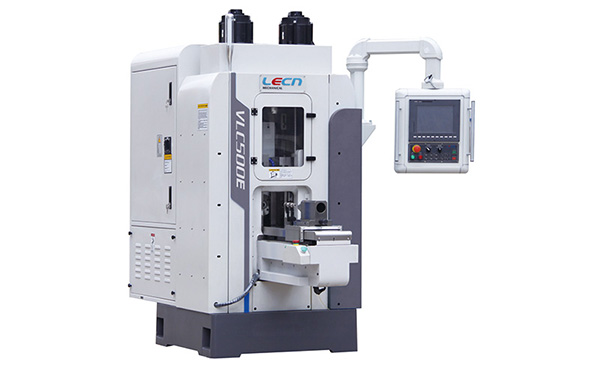The Working Principle of the Rolling Machine
The rolling machine, also known as a rolling mill, is a mechanical device used to shape and reduce the thickness of metal sheets or wires by passing them through a series of rotating rolls. It is a fundamental tool in metalworking processes and plays a crucial role in various industries such as manufacturing, construction, and automotive. The working principle of a rolling machine involves several key components and processes, which we will explore in detail.
working principle of a rolling machine
Rolling Process
The rolling process involves feeding the metal between the rolls and applying pressure to reduce its thickness or change its shape. The metal is typically fed into the rolling machine in the form of a metal sheet or a metal billet (a thick, rectangular piece). The rolls rotate in opposite directions, gripping the metal and exerting pressure to deform it as it passes through the gap between the rolls.
Reduction in Thickness
The primary purpose of a rolling machine is to reduce the thickness of the metal. This is achieved by the compression and elongation of the metal as it passes through the rolls. The rolls exert high-pressure forces on the metal, causing it to deform plastically and become thinner. The amount of thickness reduction is determined by the gap between the rolls, known as the roll gap, and the reduction ratio, which is the ratio of the initial thickness to the final thickness of the metal.
Friction and Lubrication
During the rolling process, friction between the rolls and the metal can generate heat, which can affect the efficiency and quality of the rolling operation. To reduce friction and prevent overheating, lubrication is applied to the rolls and the metal. Lubricants such as oils or emulsions are used to improve the surface finish of the metal, reduce wear on the rolls, and facilitate the smooth movement of the metal through the rolls.
Shape Rolling
In addition to thickness reduction, rolling machines can also be used for shape rolling, where the metal is deformed to achieve specific shapes or profiles. This is achieved by using rolls with grooved surfaces that impart the desired shape to the metal as it passes through them. Shape rolling is commonly used in the production of structural shapes, such as I-beams and rails.
Continuous Rolling
In some rolling processes, such as in the production of long metal sheets or wires, continuous rolling is employed. Continuous rolling involves feeding a continuous length of metal into the rolling machine, allowing for a continuous and uninterrupted rolling operation. This is achieved by using multiple stands of rolls arranged in series, with each stand progressively reducing the thickness or changing the shape of the metal. Continuous rolling offers high production rates and efficiency, making it suitable for large-scale manufacturing processes.
Reversing Rolling
Reversing rolling is a technique used in rolling machines to achieve a uniform thickness reduction across the width of the metal sheet. It involves reversing the direction of rotation of the rolls after each pass. By alternating the direction of rolling, the uneven deformation caused by the entry and exit sides of the rolls can be balanced, resulting in a more uniform thickness throughout the sheet.
Vertical Rolling Machine VLC500E
Hot Rolling and Cold Rolling
Rolling machines can operate at different temperatures depending on the material and desired outcome. Hot rolling is performed at elevated temperatures above the recrystallization temperature of the metal. It allows for greater plastic deformation and is commonly used for shaping large metal sections and producing sheets, plates, and structural components. Cold rolling, on the other hand, is performed at room temperature or slightly below. It is used for precise thickness reduction, surface finish improvement, and producing thin sheets, foils, and wires.
Control and Automation
Modern rolling machines often incorporate advanced control systems and automation to ensure accurate and consistent rolling operations. These systems monitor parameters such as roll gap, rolling force, temperature, and speed to maintain optimal conditions and achieve the desired product specifications. Automated systems can adjust the roll gaps, apply lubrication, and control the rolling process in real-time, minimizing human error and improving efficiency.
Post-Rolling Processes
After the rolling process, the rolled metal may undergo additional processes to further refine its properties. These processes may include annealing, quenching, tempering, or surface treatments such as pickling or coating. Annealing, for example, involves heating the metal to a specific temperature and then slowly cooling it to relieve internal stresses and improve its mechanical properties.
In summary, the working principle of a rolling machine involves feeding metal between rotating rolls, applying pressure to reduce thickness or change shape, and controlling various parameters to achieve the desired product specifications. Rolling machines are essential tools in metalworking industries, allowing for efficient and precise thickness reduction, shape forming, and production of a wide range of metal products. For more information, please contact us. We will provide professional answers.

评论
发表评论